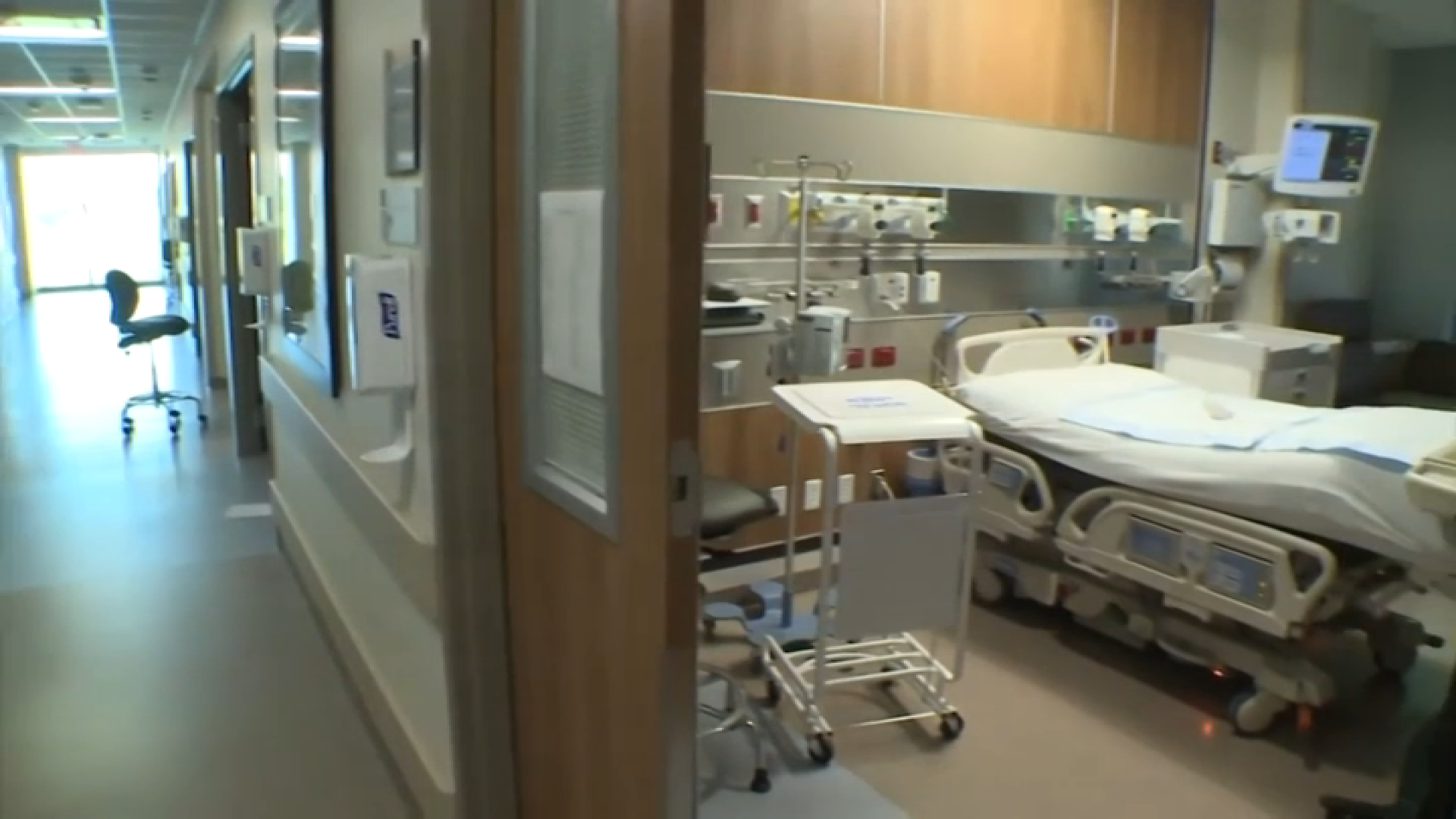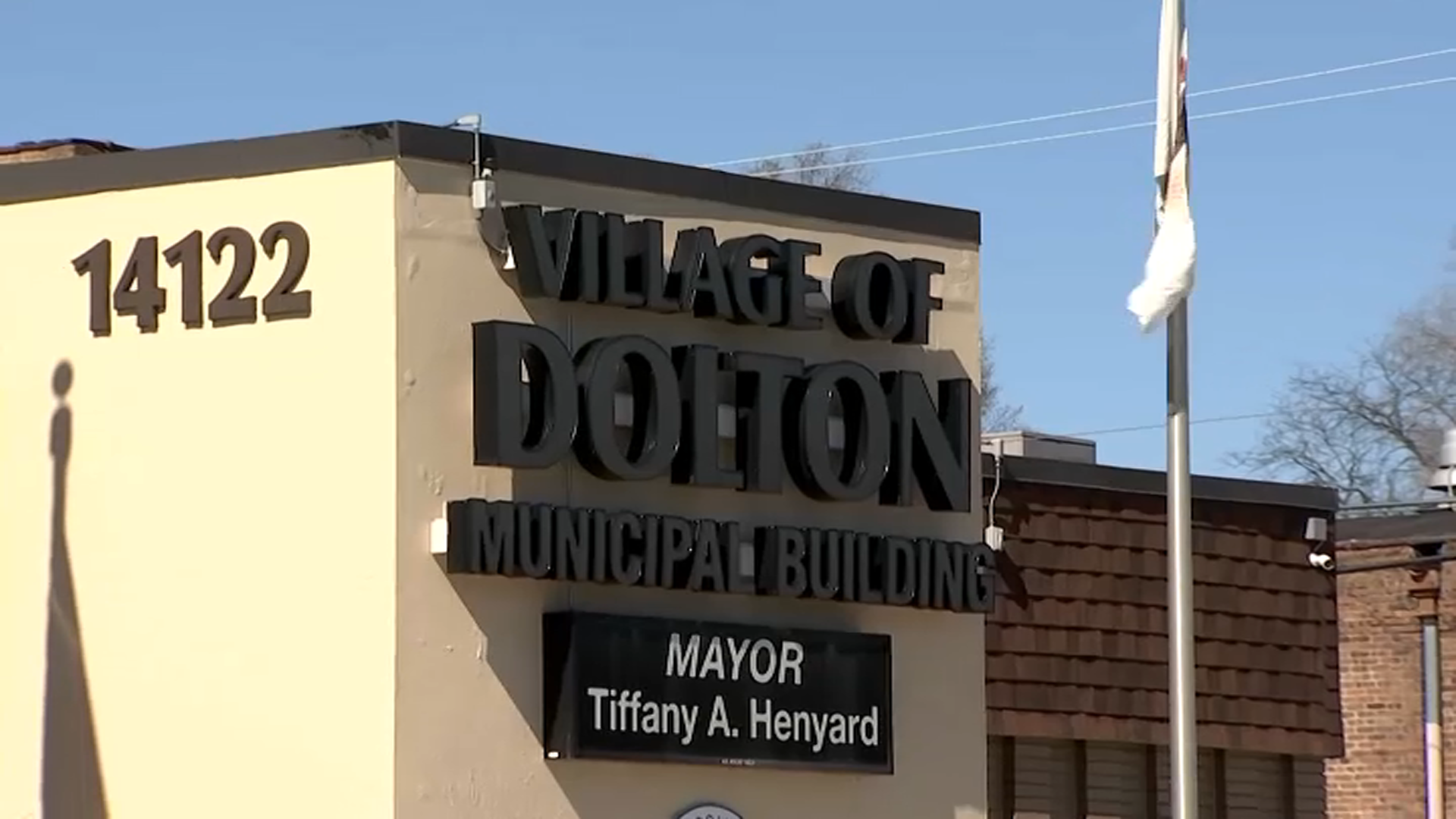A stretch of hot and muggy days, daily chances for strong to severe storms and temperatures that feel upwards of 100 degrees are headed to the Chicago are beginning this weekend, forecast models showed.
The National Weather Service described the forthcoming weather as a "classic mid-July stretch of heat, humidity and occasionally stormy conditions," with "multiple clusters of storms" set to pass through.
Friday however was expected to be warm and comfortable, NBC 5 Meteorologist Kevin Jeanes said, with mostly sunny skies and high temperatures in the mid 80s. Along the lake, temperatures would remain cooler, Jeanes added.
Saturday will also remain cooler near the lake, Jeanes said, but temperatures were expected to be warmer, with highs in the upper 80s. Humidity levels however will make the air feel closer to 93 degrees, Jeanes added.
Strong to severe storms
Some isolated storms could pop-up throughout the day Saturday, though more widespread storms were more likely to form overnight, Jeanes said.
Local
Isolated thunderstorm chances remain in the forecast Sunday, with higher chances of stronger storms in the evening Jeanes said.
After that, more daily chances for storms remained in the forecast through early next week, Jeanes said.
Feeling out of the loop? We'll catch you up on the Chicago news you need to know. Sign up for the weekly Chicago Catch-Up newsletter.
"Any storms that do develop Saturday through Tuesday have the chance to be strong to severe," Jeanes said, adding that some of the storms were likely to hold off until after dark.
Temperatures to feel like 105 degrees
The heat is cranking up through the weekend.
By Sunday, the humidity is expected to spike, with a high temperature of 94 degrees and a 103-degree heat index, Jeanes said. Monday would be even hotter, forecast models showed, with a high of 96 degrees and a heat index temperature of 105 degrees.
"Really humid Sunday and Monday, especially," Jeanes stressed.
An advisory from the Chicago Office of Emergency Management and Communications warned residents to be prepared for the potentially extreme heat, noting that some cooling centers would be activated Saturday and Sunday. Those centers include the Garfield Service Center at 10 S. Kedzie; Renaissance Court at the Chicago Cultural Center at 78 E. Washington; and park district buildings, library and police district locations.
OMEC also reminded residents of the cities dozens of pools and splashpads located throughout the city.
"If conditions warrant, an extreme heat warning will be issued by the National Weather Service when the heat index is expected to exceed 105°-110°F for at least two consecutive days," the advisory said. "Once issued, the city’s emergency response plan is activated."
Some relief is in sight. Tuesday, temperatures will dip slightly, Jeanes said, into the upper 80s. After that, temperatures will remain in the low 80s and even upper 70s at times through next weekend, Jeanes said.
4 easy and fast ways to cool your body down in extreme heat
Heat stroke and heat exhaustion are among the common threats during dangerously warm conditions, and if not treated fast enough, they could lead to organ damage or possibly even death, according to medical experts.
The Centers for Disease Control and Prevention reports extreme heat kills roughly 1,220 people in the U.S. each year.
Experts say there are some simple and fast ways to ensure your body cools down.
According to American Family Care, which operates several urgent care centers across the U.S. and in Illinois, there are four things in particular you can do cool down as needed:
1. Cool Your Collar
"The area of brain that regulates body temperature is the in the base of the neck area, cool this spot down and you can trick your body into feeling cooler," the medical company said.
Some ways to do this include soaking a bandana in water and wrapping it around your head or draping it over the back of your neck. You can also put an ice pack behind your head.
2. Cool Down 'Hot Spots'
So-called "hot spots" on your body are ones in which cooling one small location can actually help cool your entire body down.
The most notable of these are your wrists.
"Lowering the temperature in the blood of your arms can help to cool down your entire body," American Family Care said. "Blood from your arms recirculates into your body’s larger bloodstream."
The Red Cross adds that cooling ankles could also be effective.
"You can quickly cool yourself down by putting your hands and feet in cold water. Wrists and ankles have lots of pulse points where blood vessels are close to the skin, so you will cool down more quickly," the agency states.
Running your wrists under cold water for up to 30 seconds is recommended.
3. Get Peppermint
Experts say menthol can "stimulate your nerves and trick your body into thinking you are cooler when you are overheated."
Mint contains menthol, which means things like peppermint lotion or a spray bottle of water mixed with peppermint oil can help you.
Where should you put it? You can rub the lotion on your skin or spray parts of your body, particularly places like your neck or forehead to cool off.
4. Eat Water
No, this isn't a typo and that wasn't supposed to say "drink."
Eating foods that have a high water content can help fight dehydration and ensure you are consuming enough water throughout the day.
Eating certain fruits and vegetables that contain more than 90% water can also help replenish electrolytes you may be losing via your sweat.
So which foods can do this? According to American Family Care, some options include:
- Celery
- Cucumber
- Tomatoes
- Watermelon
- Cauliflower
- Strawberries
- Snap Peas
Now that you know some unexpected ways to cool your body down, it's also important to know the signs of when your body is beginning to overheat.
"The mistake people make is they aren't aware of their symptoms," Dr. Trevor Lewis, the chair of Emergency Medicine at Cook County Health, told NBC Chicago last summer.
Heat stroke, heat exhaustion and heat cramps can all occur during periods of extreme heat, the Centers for Disease Control and Prevention says. However, all three may present different symptoms.
For example, those with heat stroke often exhibit red, hot and dry skin, with no sweat, the CDC says. Symptoms of heat exhaustion, the CDC says, includes heavy sweating.
Heat Stroke Symptoms
The most serious heat-related illness, heat stroke, can cause permanent disability or death if not treated. According to the CDC, heat stroke occurs when the body can no longer control its temperature. If heat stroke does occur, a person's body temperature can rise to 106 degrees or higher within 15 minutes.
The following are symptoms of heat stroke:
- Confusion, altered mental status, slurred speech
- Loss of consciousness (coma)
- Hot, dry skin or profuse sweating
- Seizures
- Very high body temperature
If you think heat stroke is a possibility and you notice symptoms -- call 911 immediately.
Heat Exhaustion Symptoms
Less dangerous than heat stroke, heat exhaustion occurs when your body can’t cool itself through sweating, according to the Cleveland Clinic. It often presents with symptoms such as:
- muscle cramps
- headaches
- dizziness
- weakness
- fatigue
- nausea
- vomiting
Certain factors make one more susceptible to contracting heat-related illnesses, such as dehydration, activity level and age. According to Dr. Thomas Waters, an emergency medicine physician with the Cleveland Clinic, babies, children and older adults are at greatest risk for both heat exhaustion and heat exhaust.
If you suspect heat exhaustion, it's crucial that you get out of the elements as quickly as possible.
You should take steps to bring down your body temperature, such as rehydrating, immersing yourself in a tub of cold water and applying ice packs to the neck, armpits and groin. For the best chance o
Heat stroke, heat exhaustion and heat cramps can all occur during periods of extreme heat, the Centers for Disease Control and Prevention says. However, all three may present different symptoms.
For example, those with heat stroke often exhibit red, hot and dry skin, with no sweat, the CDC says. Symptoms of heat exhaustion, the CDC says, includes heavy sweating.
Heat Stroke Symptoms
The most serious heat-related illness, heat stroke, can cause permanent disability or death if not treated. According to the CDC, heat stroke occurs when the body can no longer control its temperature. If heat stroke does occur, a person's body temperature can rise to 106 degrees or higher within 15 minutes.
The following are symptoms of heat stroke:
- Confusion, altered mental status, slurred speech
- Loss of consciousness (coma)
- Hot, dry skin or profuse sweating
- Seizures
- Very high body temperature
If you think heat stroke is a possibility and you notice symptoms -- call 911 immediately.
Certain factors make one more susceptible to contracting heat-related illnesses, such as dehydration, activity level and age. According to Dr. Thomas Waters, an emergency medicine physician with the Cleveland Clinic, babies, children and older adults are at greatest risk for both heat exhaustion and heat stoke.
The latest seven-day forecast for the Chicago area can be found here.



